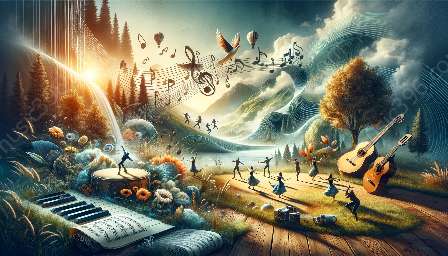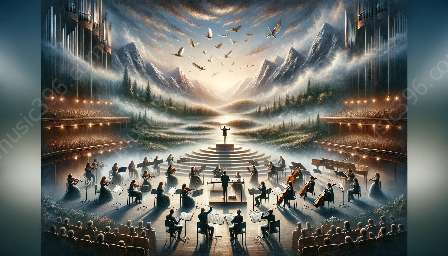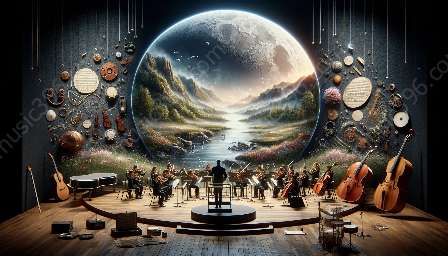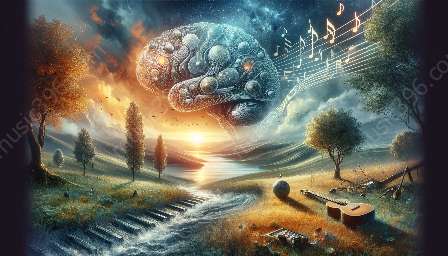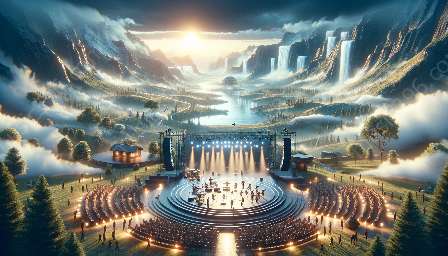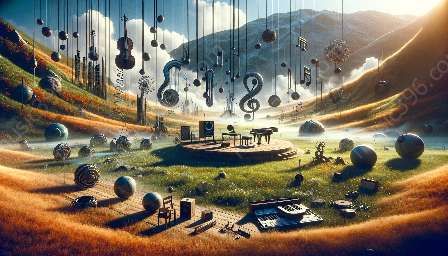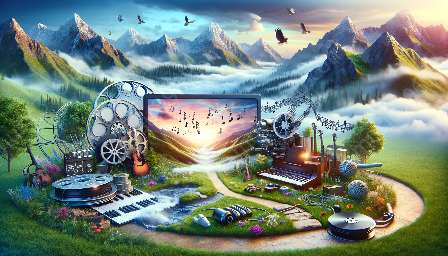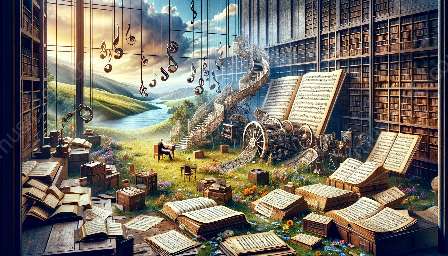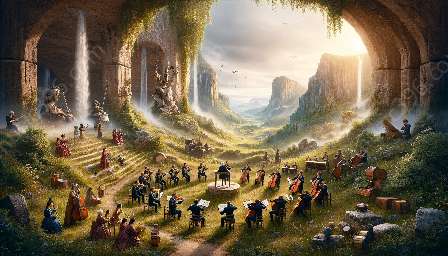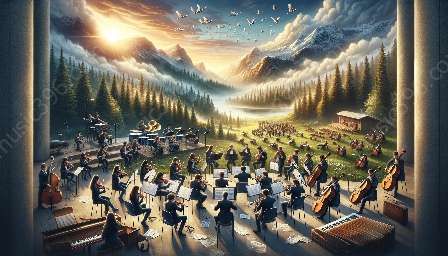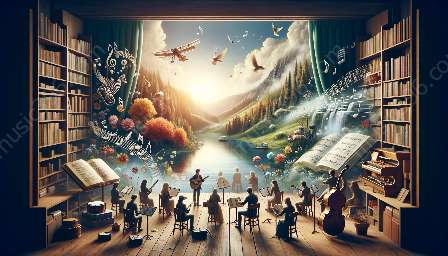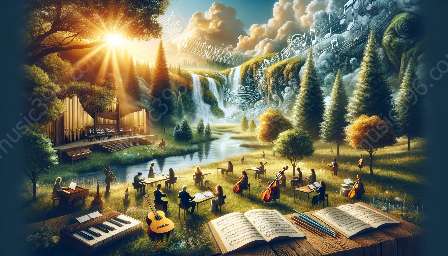Opera, a rich and diverse art form that has withstood the test of time, has not remained immune to the evolving attitudes towards gender and diversity. Throughout history, opera has reflected the societal norms and values of the times, often reinforcing traditional gender roles and lacking representation of diversity. However, as societal perspectives have shifted, so too has the role of gender and diversity in opera.
Historical Roots of Gender Representation in Opera
The origins of opera can be traced back to the late 16th century in Italy, and it quickly gained popularity throughout Europe. In its early days, opera was predominantly a male-dominated art form, with male singers portraying both male and female roles. Gender representation in opera was limited by the societal norms and restrictions of the time, often constraining the portrayal of women and diverse characters.
As opera evolved, the castrati, male singers who were castrated before puberty to preserve their high vocal range, rose to prominence, further shaping the gender dynamics within the art form. This practice, while deeply rooted in historical context, also reflects the limitations and expectations placed on gender roles in opera.
Evolving Perspectives on Gender Representation
The 19th and 20th centuries marked significant shifts in the portrayal of gender in opera. The rise of female opera singers and increased recognition of their talents challenged the traditional depiction of women in opera. Female characters gained depth and complexity, and women began to take on more prominent and diverse roles, reflecting the gradual societal changes in attitudes towards gender equality.
Moreover, the emergence of feminist movements and the push for gender equality in the arts influenced the portrayal of gender in opera, leading to a more nuanced and progressive representation of women and gender diversity. Female composers and librettists also began to assert their influence, providing fresh perspectives on gender dynamics within operatic works.
Challenges and Progress in Diversity Representation
Diversity representation in opera has historically faced considerable challenges. Traditional opera narratives often centered on Eurocentric stories, overlooking the rich tapestry of diverse cultures and voices. People of color and diverse ethnicities were underrepresented in leading roles, limiting the breadth of stories and experiences depicted in opera.
However, in recent decades, the opera community has taken significant strides towards embracing diversity and inclusion. Opera houses and companies have actively sought to diversify their repertoire, featuring works that reflect a more inclusive range of voices and stories. Collaborations with diverse composers, librettists, and performers have helped expand the representation of diverse cultures and perspectives within the operatic landscape.
Contemporary Perspectives on Gender and Diversity in Opera
Today, the role of gender and diversity in opera continues to evolve, reflecting the ongoing societal discourse surrounding identity, equality, and representation. An increasing number of operas explore themes of gender fluidity, LGBTQ+ experiences, and intersectional identities, delivering complex and authentic portrayals of diverse characters and stories.
Furthermore, initiatives within the opera community aim to address historical biases and barriers, promoting inclusivity and providing opportunities for underrepresented voices to thrive. Through workshops, mentorship programs, and diverse casting practices, opera has taken meaningful steps towards creating a more equitable and diverse environment for artists and audiences alike.
Intersection of Societal and Artistic Influences
The evolution of the role of gender and diversity in opera is deeply intertwined with broader societal and artistic influences. As societal attitudes evolve and diversify, opera reflects these changes, adapting its narratives and characters to embrace a more inclusive and representative landscape.
At the same time, opera itself serves as a vehicle for societal reflection and transformation, challenging norms and stereotypes through its storytelling and performances. By engaging with contemporary themes and perspectives, opera contributes to the ongoing discourse surrounding gender and diversity, shaping and being shaped by the evolving cultural landscape.
Conclusion
The role of gender and diversity in opera has undergone a significant evolution, from its historical roots shaped by societal norms to its contemporary embrace of diverse voices and narratives. Through a complex interplay of historical context, societal progression, and artistic innovation, opera continues to adapt and evolve, providing a platform for the expression of diverse identities and stories. As opera embraces a more inclusive future, its capacity to enact social change and foster greater understanding of gender and diversity remains a powerful testament to the enduring relevance of this art form.













